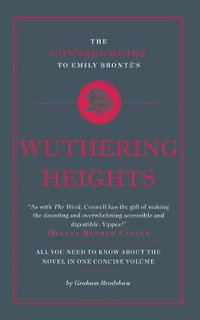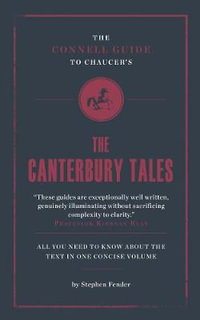
The Connell Guide To Emily Bronte's Wuthering Heights
By: Graham Bradshaw, Jolyon Connell (Editor)
Paperback | 30 September 2012
At a Glance
Paperback
$31.75
Aims to ship in 10 to 15 business days
ISBN: 9781907776243
ISBN-10: 1907776249
Series: Connell Guide to...
Published: 30th September 2012
Format: Paperback
Language: English
Number of Pages: 136
Audience: General Adult
Publisher: CONNELL PUBLISHING LTD
Country of Publication: GB
Dimensions (cm): 17.78 x 11.43 x 1.27
Weight (kg): 0.15
Shipping
| Standard Shipping | Express Shipping | |
|---|---|---|
| Metro postcodes: | $9.99 | $14.95 |
| Regional postcodes: | $9.99 | $14.95 |
| Rural postcodes: | $9.99 | $14.95 |
How to return your order
At Booktopia, we offer hassle-free returns in accordance with our returns policy. If you wish to return an item, please get in touch with Booktopia Customer Care.
Additional postage charges may be applicable.
Defective items
If there is a problem with any of the items received for your order then the Booktopia Customer Care team is ready to assist you.
For more info please visit our Help Centre.
You Can Find This Book In
This product is categorised by
- Non-FictionLiterature, Poetry & PlaysHistory & Criticism of LiteratureLiterary Reference WorksLiterary Companions, Book Reviews & Guides
- Non-FictionLiterature, Poetry & PlaysHistory & Criticism of LiteratureGeneral Literary StudiesLiterary Studies from 1800 to 1900
- Non-FictionLiterature, Poetry & PlaysHistory & Criticism of LiteratureLiterary Studies of Fiction
- Non-FictionEducationGeneral Study & Learning Skills























